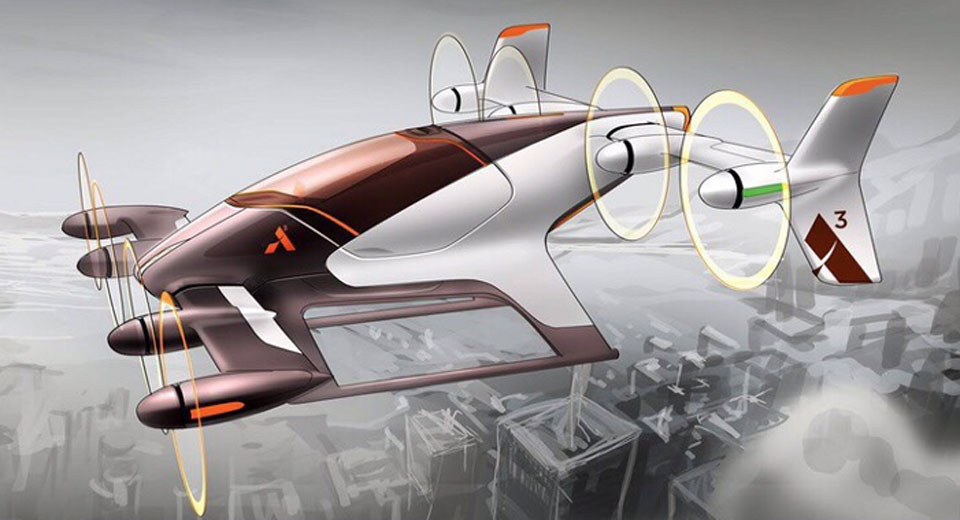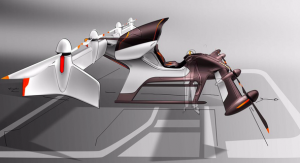A couple months after the first details about Airbus’s autonomously piloted aircraft program emerged, the French company has provided a better insight into its Vahana project.
Vahana is currently being developed by A³ (pronounced A-cubed), the Silicon Valley based advanced projects outpost of Airbus. The company intends on flying a full-size prototype before the end of 2017 and to then present a productionzable demonstrator by 2020.
Vahana is made up of eight rotors and two wings and houses a single passenger beneath a retractable canopy. The aircraft will be able to take off vertically, fly itself and have the ability to automatically detect and avoid obstacles and other aircraft.
Unlike certain flying cars, Vahana doesn’t make the bold promise of being able to conquer the street and the air. Airbus believes that personal aerial vehicles could prove the answer for current transportation challenges in metropolitan areas around the world. As a result, Vahana will stick to the limitless space offered above ground.
The vehicle will operate within an automated flight ecosystem and follow predetermined flight paths meaning future flyers won’t be jostling for space in the air like they currently do on the road.









